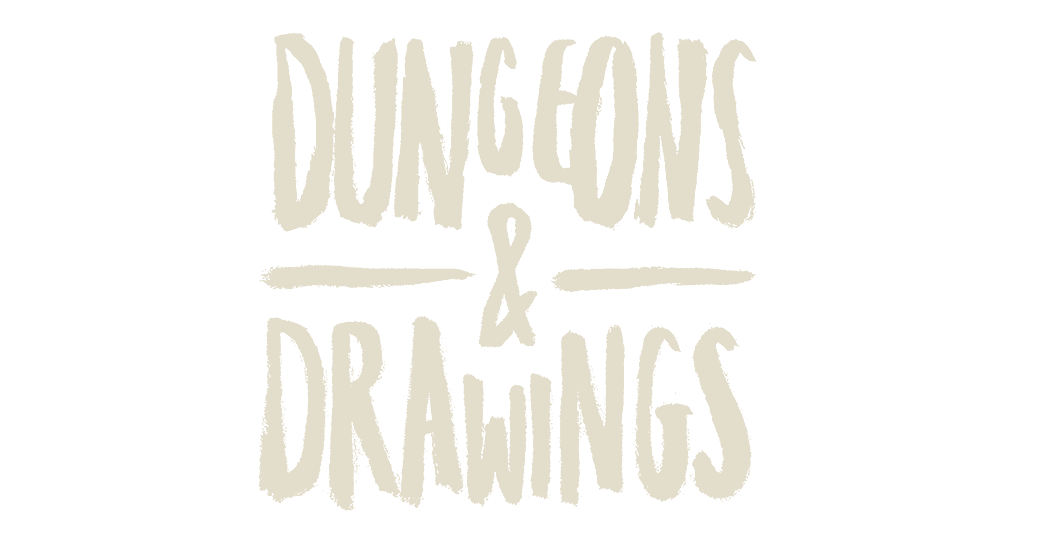The Bajang is an evil forest spirit which looks like a tiny person. Then they turn into a jungle kitty. Then they poison you. Bad juju.
I did a bunch of research on this particular creature because stuff in Oriental Adventures tends to be inspired from actual creatures. I actually prefer that creature a bit more to the statted one. Doing the research was actually a bit tricky because a good amount of it
seemed to directly reference D&D or were very short/misinformed,
but I eventually found some stuff in Malay Magic by Richard Skeat and some other sources. So get ready for a history lesson y'all.
Bajangs are one of several Malaysian ghouls related to miscarriages and stillbirths. Bajangs are evil spirits found in dead male babies, usually risen by wizards and enslaved as familiar spirits. They are used to cause disease (epilepsy, hallucinations, etc) and are usually seen in the form of a polecat (called a musang). Now this last bit is where a good amount of misinformation starts, since a lot of my other sources seem to think polecat = regular wild cat of some sort when they're a bit closer to weasels. So while Malaysia does have a bunch of wild felines, the legend of the Bajang may have referred to a civet, called musang in South East Asian languages. But civets are weird big leopard-weasel things, so I can see why it's just easier to simplify it to jungle cat for Western audiences.
So I can see why there was a lot of shifting around with the folklore when it came to writing a D&D entry. When you're playing D&D you don't especially want to think about dead babies that want to eat other babies (and fetuses). But I don't see why they have to be classified as fey creatures rather than undead or outsiders. In my research I found maybe two references to them being jungle spirits (and even then those might just be Bajangs who were able to escape their masters). The Dryad-like tie to a tree is also something I wasn't able to confirm, though this may be a spin-off from Bajangs being trapped by their masters in bamboo tubes or chests.
Just make it an outsider that looks a bit like a baby. And that's also a were-civet. There you go.


Probably because in D&D, undead has mainly come to mean different varieties of rotting (unless you're a vampire) earthly remains, or the remnants of whatever passes for a soul or a spirit. In mythology around the world, undead creatures seem to be a much wider category, usually more of an origin than a real aesthetic or an indicator of abilities or such. They probably just figured that it was too strange to adapt in a good way. Or they just had an inaccurate source. Or possibly they figured that there really needed to be one more variety of weird short fey creature, because the last fifty weren't enough.
ReplyDeleteOh, and they probably aren't outsiders because there doesn't really seem to be a solid tie to any otherwordly stuff. If it's "just" a transforming mischievous previously dead baby, it seems like unnecessary complication to also make it something from another world.
"Fey" seems to always be D&D's throwaway category where you can put pretty much any weird, somewhat whimsical thing. And D&D creature types tend to be very adapted things anyhow. I mean, ghouls, one of the most iconic and common undead creatures, was originally more of a demon or an otherwordly spirit (it was a type of jinni, actually) that feasted on human remains, until they eyeballed it and decided that it was actually a weird undead cannibal that became what it is by doing what it now loves. And paralyze by touch for some reason. Possibly because Gygax was feeling vindicative that day and wanted to kill a character.
The application of the Fey type just seems a bit arbitrary. It just feels like if it comes from or grows in a dead thing it should be a classified as undead or an evil outsider rather than a fey. I mean, banshees are classified as Undead when sometimes in the legends they're undead ghosts, sometimes they're random ominious spirits closer to fairies. The Dybbuk is sometimes a demon, sometimes the angry lost soul of a dead person (this one is classified as an Outsider). But I guess in the end everything's just a manner of opinion and like with the ghouls you mentioned, D&D doesn't always follow folklore to the letter anyway.
DeletePerhaps they come from stillborns? In my own SE Asian country, tiyanaks are created from stillborn babies + meddling witches, so I think there's a connection between the two myths.
ReplyDeleteAnyway, if they were stillborn, an argument can be made where they were never alive, so their spirits are still just spirits. But if we think about it too much we'll probably go to the politically-sharged "when does life begin" discussion, which isn't really something you want when you just want to shtick it with your sword. :D